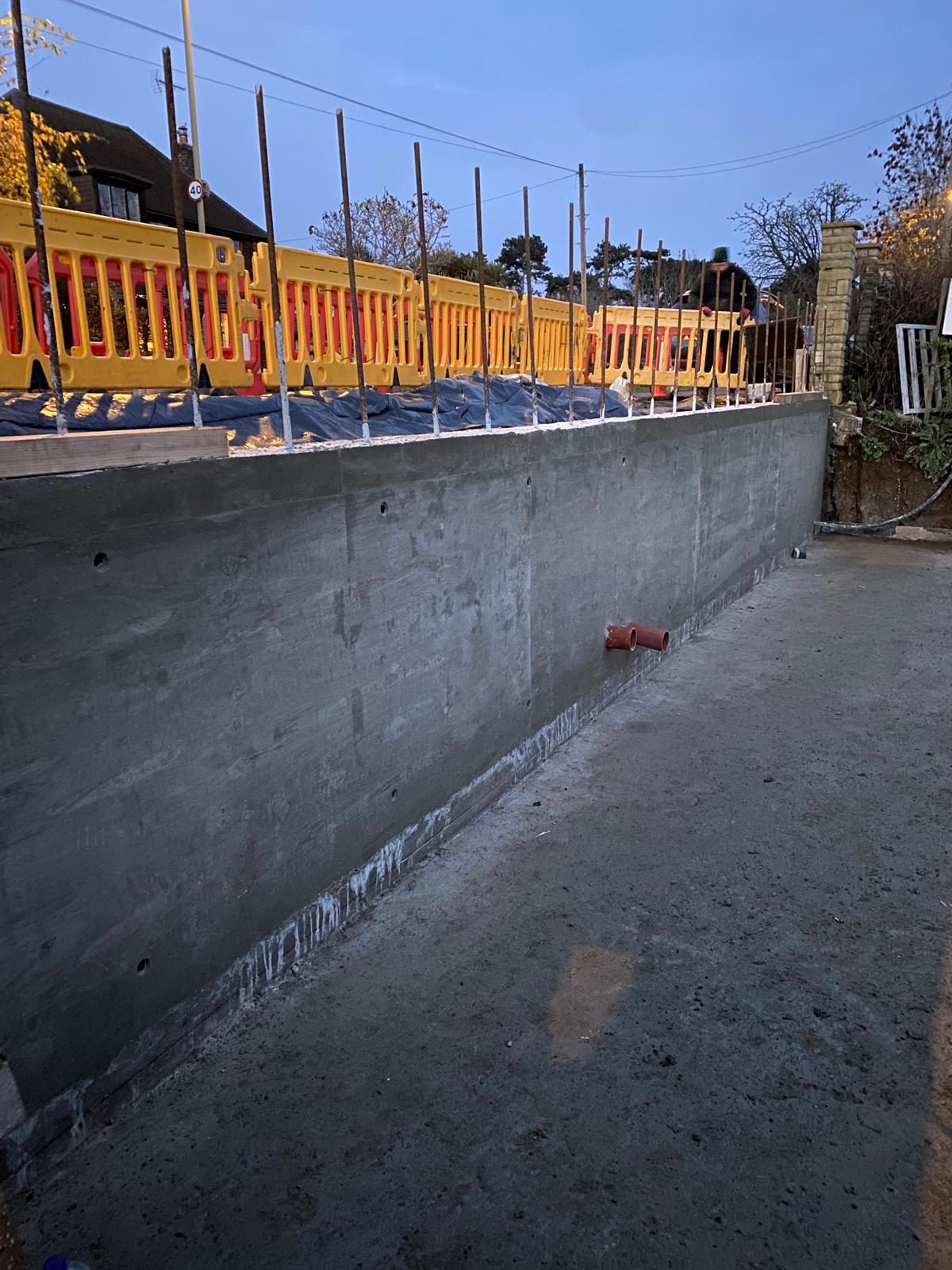Different Types of Reinforced Concrete, Advantages and Challenges
October 24, 2024

Different types of reinforced concrete are used in construction work to withstand bending, shear, torsion, etc., forces. Reinforced concrete (RC) has revolutionised the art of construction by increasing structural durability and its life cycle. In this discussion, you'll learn about different types of reinforced concrete and recent developments in this area. The advantages and disadvantages of these types of RC will help you determine the most suitable type for your construction work. Different reinforced bars and materials, such as steel fiber, polymer, etc., are used in such concrete to extend its structural integrity. For domestic usage, reinforced steel bars manufacture concrete slabs or reinforced beams.
Precast concrete
Precast reinforced concrete, or simply precast concrete, is manufactured away from the construction site in a factory using a mould. Reinforced bars are used to make strong and durable precast concrete.
Advantages
If a strict construction timeline is your priority and you want to build a durable structure in harsh weather, precast concrete is your best option. You can use precast concrete walls, slabs, beams, or columns to reduce time and labor costs in construction.
Challenges
Precast concrete offers limited flexibility for design and customisation unless a specific direction is provided to the manufacturer. It can also break or be damaged during transportation, another challenging factor.
Steel fiber reinforced concrete
Steel fibers of different shapes and sizes are used in RC structures. Reinforced concrete is a strong material but can be vulnerable to bending or shear forces. Unevenly distributed steel fibres help protect the concrete from developing cracks and reduce its brittleness. The use of steel fibres is widely practised, and commercially sold steel fibres are expected to grow by 20 per cent worldwide (Liew and Akbar, 2020).
Advantages
Steel fibres have replaced steel mesh in reinforced concrete, providing design flexibility. Steel fiber-reinforced concrete offers superior resistance against compression, torsion, or shear forces on the concrete. You can build concrete structures with less material, which provides resistance and durability similar to traditional concrete.
Challenges
The length and size of steel fibres must be appropriately calculated before they are used in different types of reinforced concrete. A fixed standard size is not suitable for all concrete structures. Another challenge is that steel fibers can sometimes protrude from the concrete surface, undermining its aesthetic values.
Prestressed reinforced concrete
Concrete structures are more likely to develop cracks under heavy compression, torsion or shear forces. To avoid this vulnerability, you can use a prestressed reinforced concrete structure. Prestressed concrete uses pre-tensioned steel reinforced rods before the concrete is cured. It strengthens concrete strength against tensile forces.
Advantages
Prestressed RC is more durable and resistant to shear force than traditional reinforced concrete. Due to its high load capacity, it is used in large construction projects such as bridges, rail tracks, concrete piles, etc.
Challenges
However, this type of concrete may cost you more at the initial stage and more for maintenance.
Carbon fiber reinforced concrete
The construction industry has used carbon fiber in RC since the 1970s. The material has been used to construct walls or partition walls. Carbon fiber-reinforced concrete increases its tensile strength and improves resistance against cracks.
Advantages
One of its advantages is the higher load capacity of carbon fiber-reinforced concrete. Due to the strong material quality of carbon fiber, it has a higher load-bearing capacity than traditional steel rod-reinforced concrete. Carbon fiber also safeguards concrete structures from corrosion or rust, as it does not rust like steel rods. Due to its lightweight characteristics, thin walls can be constructed without developing cracks.
Challenges
However, if you plan to build a carbon fibre-reinforced concrete wall, you must be prepared for a comparatively high construction cost. This type of reinforced wall also makes it challenging to modify once cast, making it difficult for further maintenance.
Conclusion
Reinforced concrete is one of the most solid and durable elements of construction. However, its brittleness makes it vulnerable to torsion, compression, or shear forces. Continuous development takes place to help you construct a strong and well-built structure. Modern developments suggest using steel or carbon fibre in RC structures to make them torsion or crack-resistant. Prestressed concrete is also being manufactured to manage high compression force and is used to carry heavy loads. Whatever your purpose, a reliable RC contractor is essential. At Reinforced Concrete Contractors, we can deliver reliable construction services to you. Contact us today for a personalised quote.
External links
Liew, K.M. and Akbar, A., 2020. The recent progress of recycled steel fiber reinforced concrete. Construction and Building Materials, 232, p.117232.https://doi.org/10.1016/j.conbuildmat.2019.117232